The first three races of the 2024 Formula 1 season have highlighted just how much the field has converged, in average gaps, especially in qualifying.
This indicates that the teams have been able to assimilate concepts, at an aerodynamic and vehicle dynamic level, to a state that was previously only enjoyed by those at the top of the world championship standings.
To an external observer, it would seem obvious to conclude that technical differences in the detail would be the reason behind the gap in performance between teams with broadly similar organisational structures behind-the-scenes.
Viewed by others:
The reality however is the exact opposite, and in the case of Williams in Australia, it was forced to bench Logan Sargeant after Alex Albon damaged his chassis beyond immediate repair in Free Practice 1.
James Vowles' team did not have a spare chassis on-site, a grotesque situation considering the fact that it was the third race of the season.
Heading to the Japanese Grand Prix, the situation remains unchanged for Williams, with only two complete cars brought to Suzuka after the team managed to repair the damaged FW46.
The spare chassis could be ready in time for the Chinese Grand Prix, or more likely for Miami.
This is the reality for Williams, a team undergoing fundamental change under Vowles' leadership, with the build of the third chassis impacted by the implementation of new processes at Grove.
Production planning and resource allocation are crucial factors for any F1 team, with the key being able to exploit technology to manage and organise the building of the cars in pre-season.
A modern F1 car is made up of about 20,000 parts, and it is vital to know both their availability in stock and what stage of production they are in.
Williams' third chassis
Vowles had earlier recalled a anecdote relating to his first pre-season with the team after switching from Mercedes, where he found that the car build and parts log was monitored using a Microsoft Excel spreadsheet.
This was a tough task, to even monitor the whereabouts of a single component and knowing its state of progress through production - with Vowles keen to introduce up-to-date computer software as an obvious immediate remedy.
There is no doubt that radically changing the organisational structure of a team is a task that requires several months of work before being optimised, but in this specific case, it does not mean that the team should have focused on the construction of a third chassis as an absolute priority, unlike the construction of the first two.
The resources of Williams are decidedly fewer than other teams, but at the same time, showing up at the first three races without a third chassis indicates the scale of the delay Williams experienced in car-build.
This is a reality that clashes head-on with the image of precision and attention to detail that F1 wants to show around the world.
F1 rejected Andretti, for now, on the basis that it felt the American squad could not add prestige to the championship, but paradoxically, it lost credibility and authority over Williams' - one of the oldest and most successful teams - inability to build a spare chassis for the start of the season.
Don't miss out on any of the Formula 1 action thanks to this handy 2026 F1 calendar that can be easily loaded into your smartphone or PC.
Download the calenderMost read
In this article
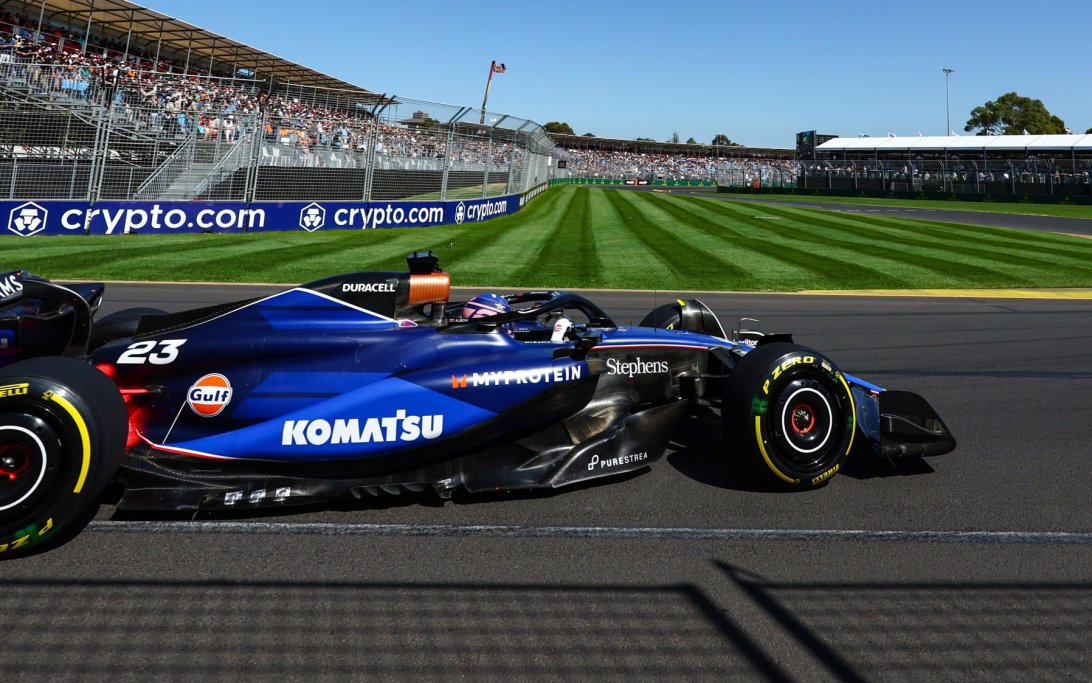



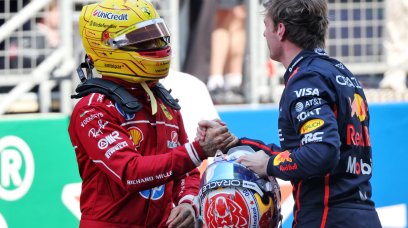
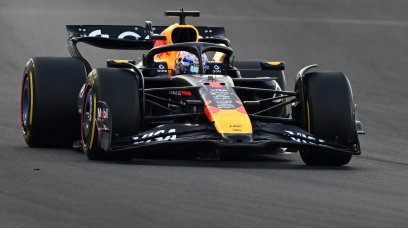

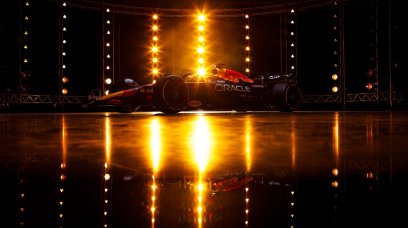
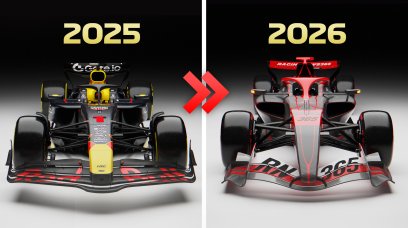




Join the conversation!